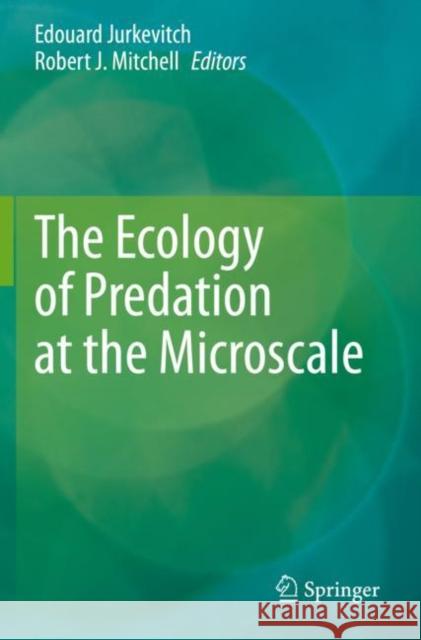The Ecology of Predation at the Microscale » książka
topmenu
The Ecology of Predation at the Microscale
ISBN-13: 9783030456016 / Angielski / Miękka / 2021 / 194 str.
The Ecology of Predation at the Microscale
ISBN-13: 9783030456016 / Angielski / Miękka / 2021 / 194 str.
cena 402,53
(netto: 383,36 VAT: 5%)
Najniższa cena z 30 dni: 385,52
(netto: 383,36 VAT: 5%)
Najniższa cena z 30 dni: 385,52
Termin realizacji zamówienia:
ok. 22 dni roboczych
Bez gwarancji dostawy przed świętami
ok. 22 dni roboczych
Bez gwarancji dostawy przed świętami
Darmowa dostawa!
Kategorie:
Kategorie BISAC:
Wydawca:
Springer
Język:
Angielski
ISBN-13:
9783030456016
Rok wydania:
2021
Wydanie:
2020
Ilość stron:
194
Oprawa:
Miękka
Wolumenów:
01











